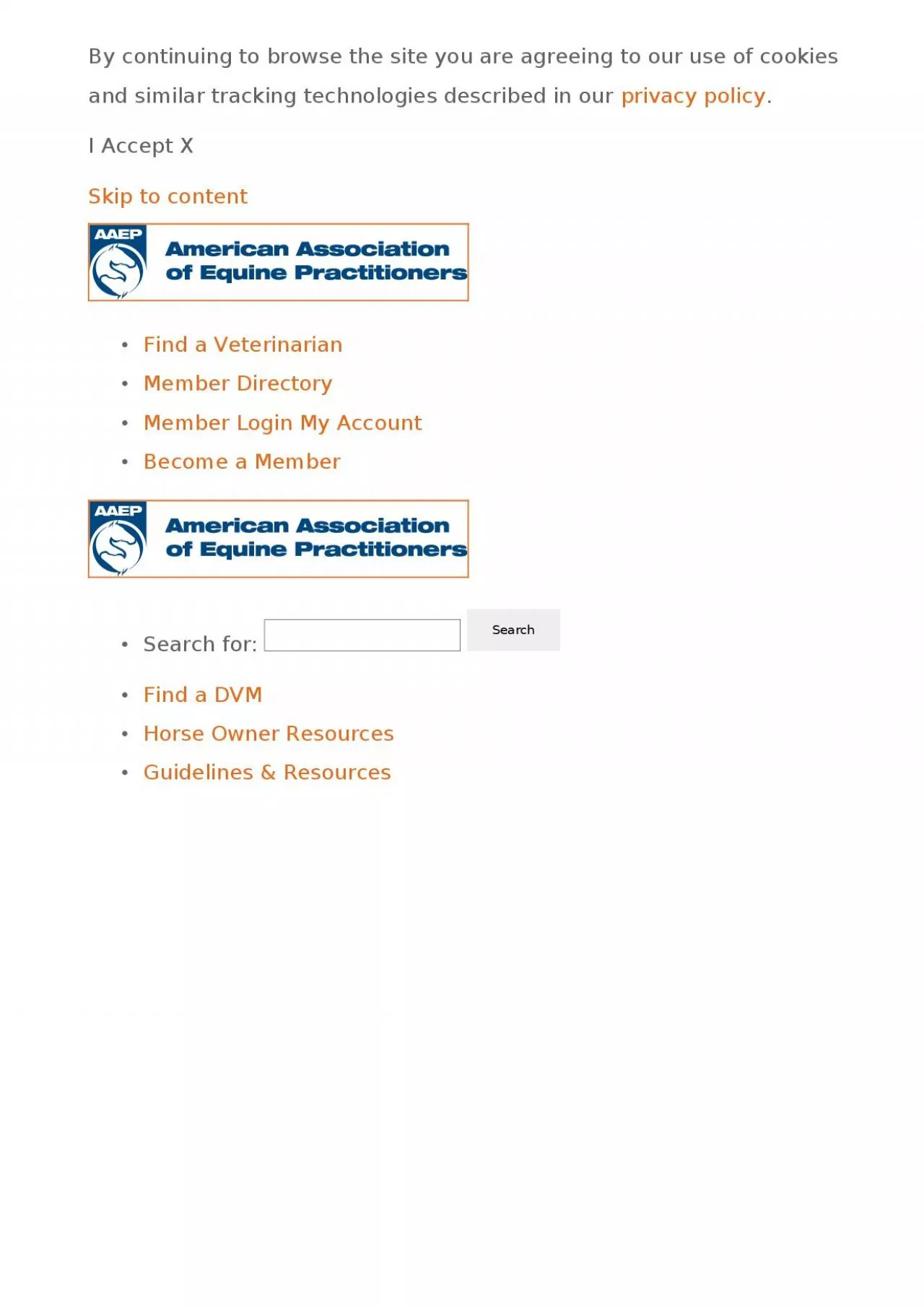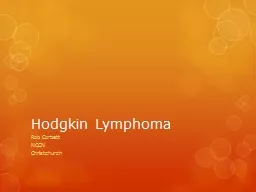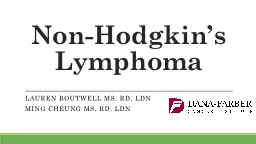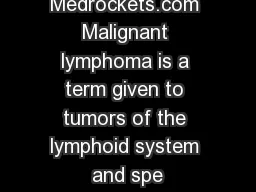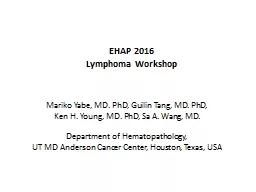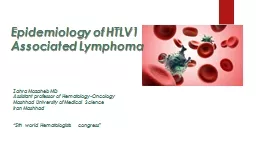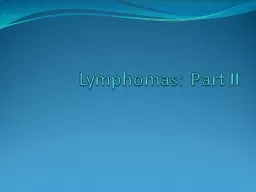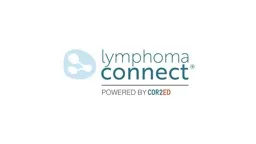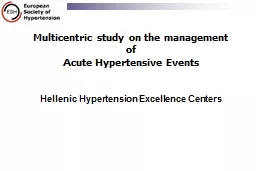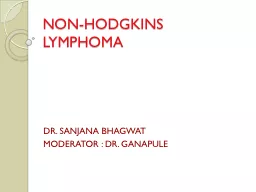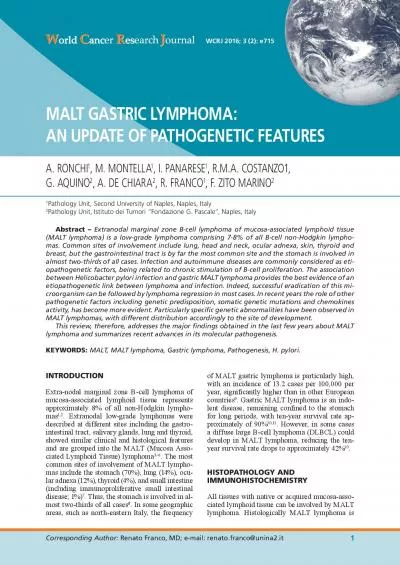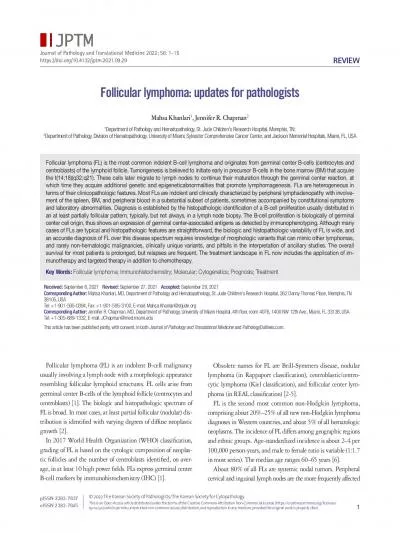PPT-MULTICENTRIC T-CELL RICH B-CELL LYMPHOMA IN A MULE
Author : valerie | Published Date : 2022-06-14
Jarrod Troy ISUCVM Class of 2014 416 Billy Sunday Rd Apt 101 Ames IA 50010 Mentor Stephanie Caston DVM DACVSLA Iowa State University Equine Surgery Service Case
Presentation Embed Code
Download Presentation
Download Presentation The PPT/PDF document "MULTICENTRIC T-CELL RICH B-CELL LYMPHOMA..." is the property of its rightful owner. Permission is granted to download and print the materials on this website for personal, non-commercial use only, and to display it on your personal computer provided you do not modify the materials and that you retain all copyright notices contained in the materials. By downloading content from our website, you accept the terms of this agreement.
MULTICENTRIC T-CELL RICH B-CELL LYMPHOMA IN A MULE: Transcript
Download Rules Of Document
"MULTICENTRIC T-CELL RICH B-CELL LYMPHOMA IN A MULE"The content belongs to its owner. You may download and print it for personal use, without modification, and keep all copyright notices. By downloading, you agree to these terms.
Related Documents

